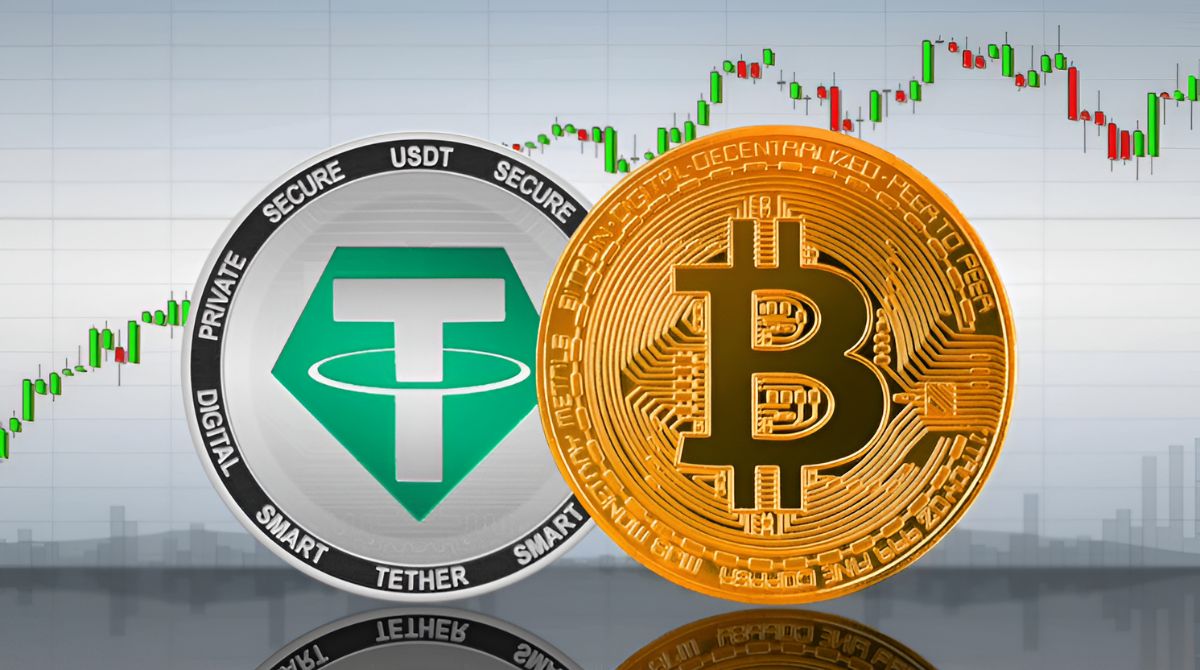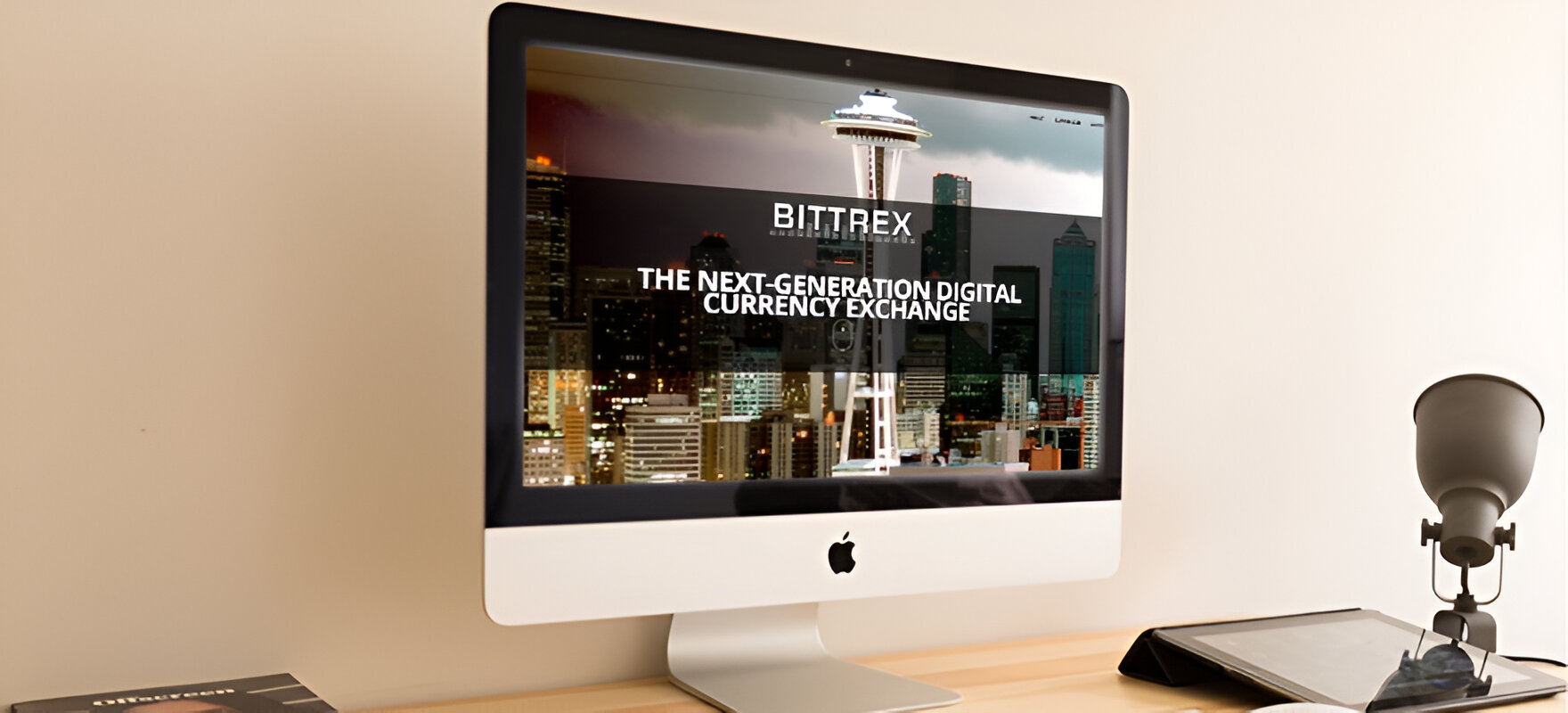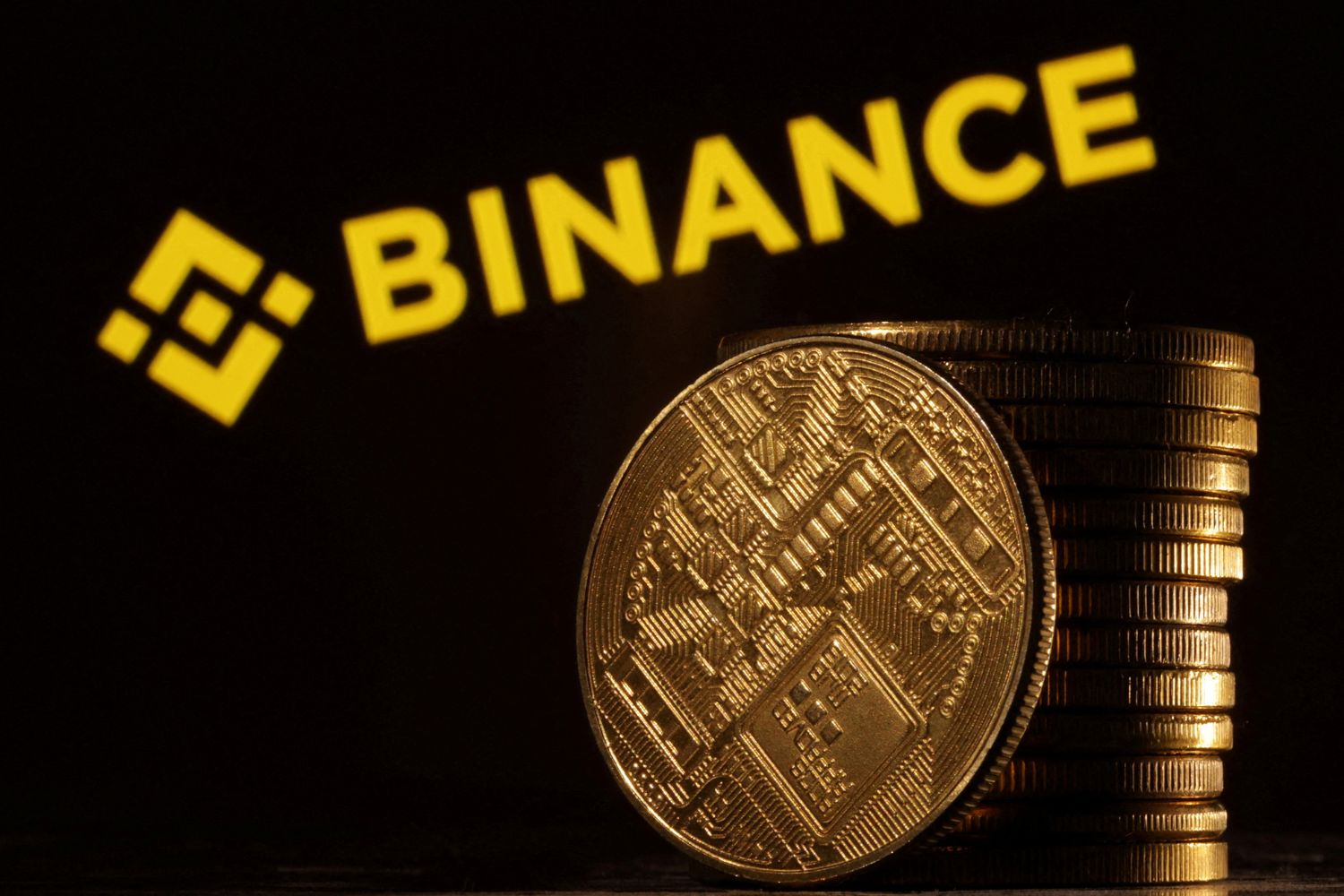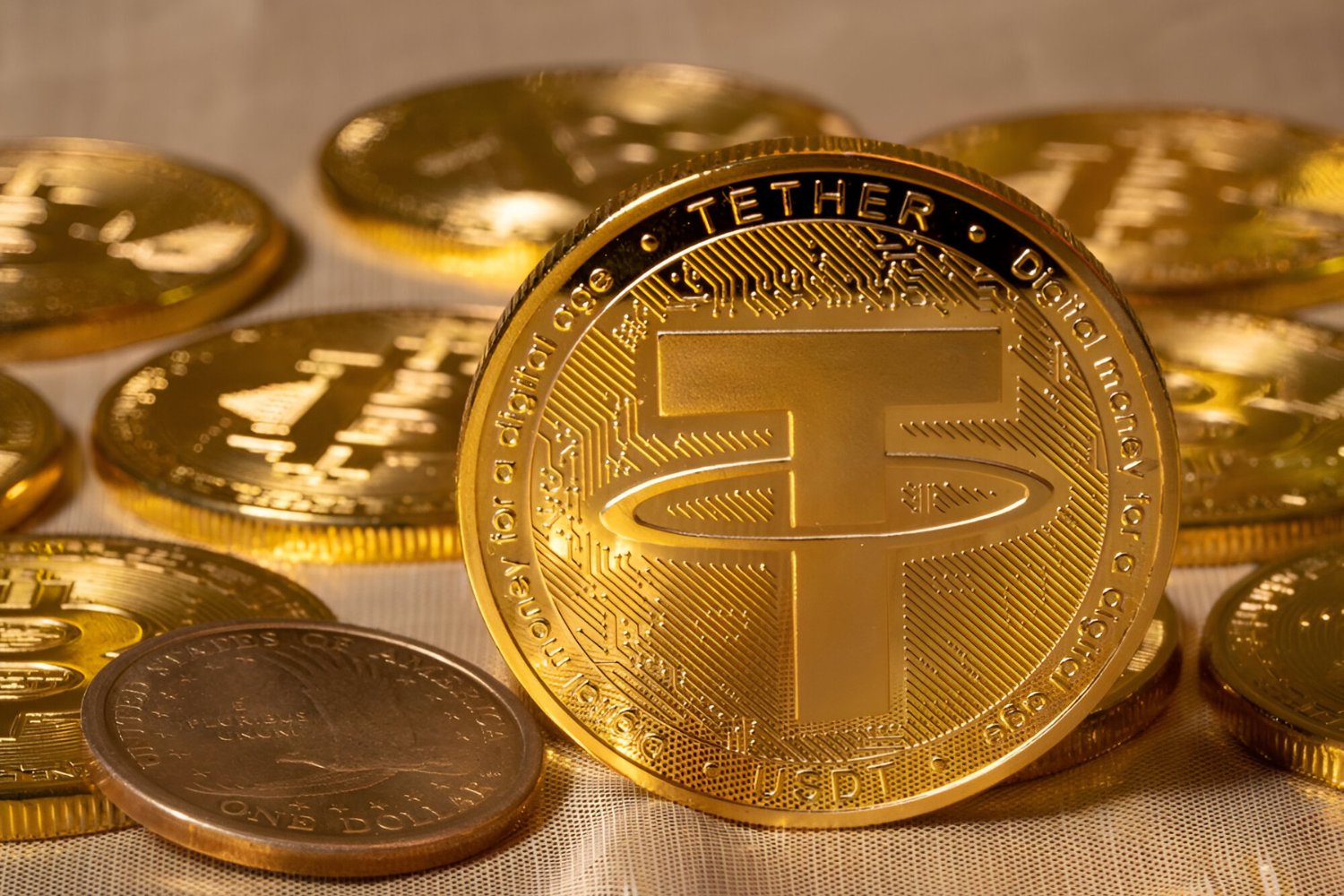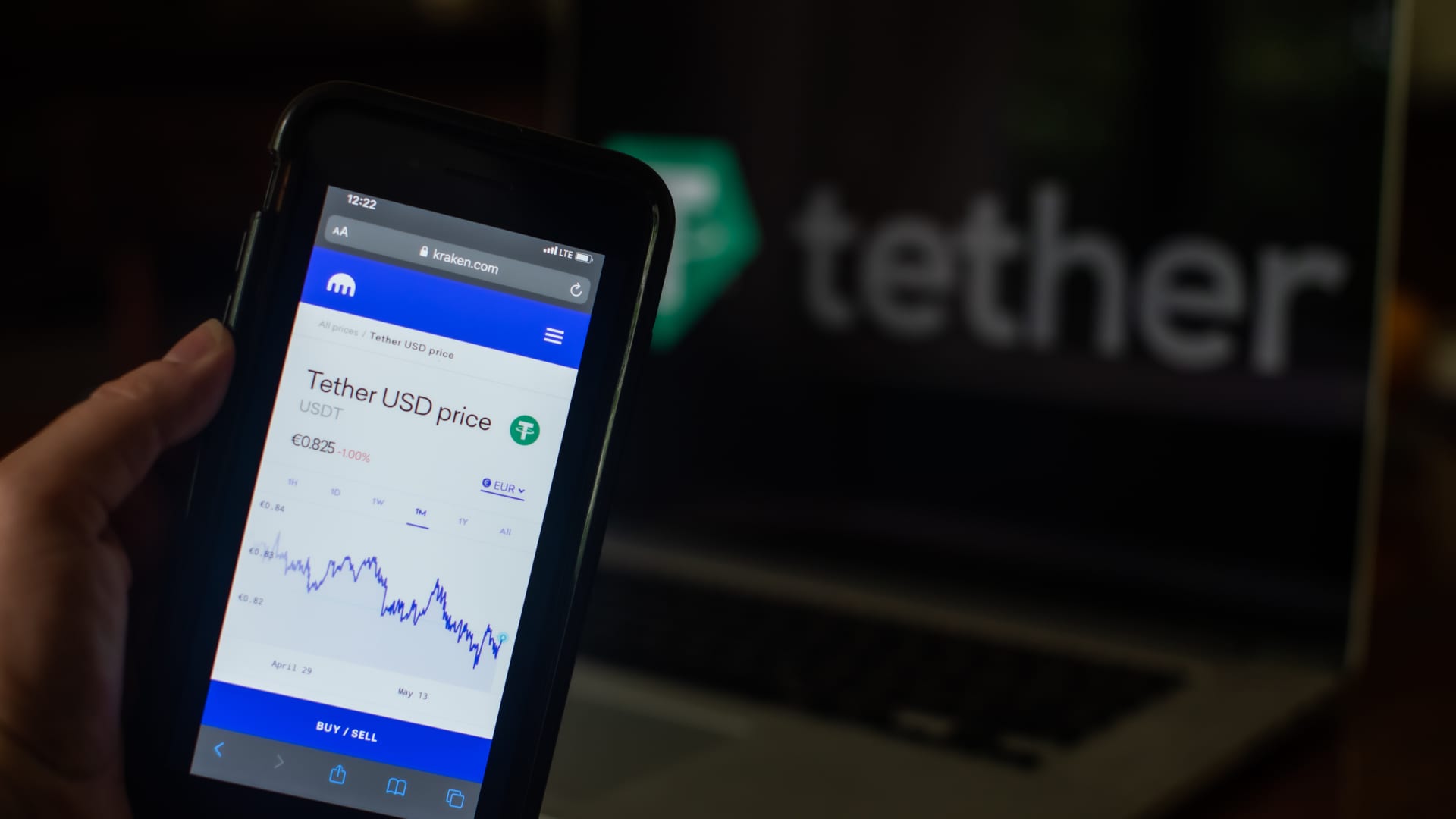Introduction
Are you interested in converting your Tether (USDT) to Bitcoin (BTC)? This article will guide you through the process, providing you with various options to choose from. Tether and Bitcoin are both popular cryptocurrencies, but they serve different purposes in the digital asset ecosystem. Tether is a stablecoin, pegged to the value of a fiat currency like the US dollar. On the other hand, Bitcoin is the world’s first decentralized digital currency, known for its security, scarcity, and potential for growth.
Converting Tether to Bitcoin can be beneficial for several reasons. Firstly, Bitcoin is widely accepted and recognized as a valuable asset by merchants and service providers. It can be used for online purchases, investments, or even as a store of value. Additionally, Bitcoin has the potential for long-term price appreciation, making it an attractive investment option. Converting your Tether holdings to Bitcoin gives you the opportunity to participate in the growing Bitcoin ecosystem.
Now, let’s explore the various methods available for converting Tether to Bitcoin. There are several options to choose from, depending on your preferences and requirements.
What is Tether?
Tether (USDT) is one of the most well-known stablecoins in the cryptocurrency market. It was created as a way to bridge the gap between traditional fiat currencies and cryptocurrencies, aiming to provide stability and security.
Unlike other cryptocurrencies like Bitcoin or Ethereum, Tether is designed to be pegged to the value of a specific fiat currency, typically the US dollar. This makes 1 USDT equivalent to 1 US dollar in terms of value. The purpose of this peg is to provide cryptocurrency traders and investors with a stable digital asset that they can easily convert back into fiat at any time.
Tether achieves this stability by maintaining sufficient reserves of the corresponding fiat currency in its accounts. These reserves are audited on a regular basis to ensure transparency and verify that each USDT token is backed by an equivalent amount of fiat currency.
Tether has gained popularity due to its usefulness for traders. By using Tether instead of traditional fiat currencies on cryptocurrency exchanges, traders can conveniently move in and out of positions without exposure to market volatility. Additionally, Tether offers faster transaction speeds and lower fees compared to transferring fiat currencies through traditional banking systems.
It’s important to note that Tether operates on different blockchain networks, including Bitcoin’s own blockchain (Omni Protocol), Ethereum, and TRON. This allows users to choose the network that best suits their needs in terms of speed, cost, and compatibility with other decentralized applications (dApps).
Overall, Tether plays a crucial role in the cryptocurrency ecosystem, providing stability and liquidity to traders and investors. Now that we have a better understanding of Tether, let’s move on to discussing Bitcoin and its significance in the digital asset landscape.
What is Bitcoin?
Bitcoin (BTC) is a decentralized digital currency that was introduced in 2009 by an anonymous person or group of people using the pseudonym Satoshi Nakamoto. It is the first and most well-known cryptocurrency, revolutionizing the way we think about money and financial transactions.
Bitcoin is built on a decentralized technology called blockchain, which is a distributed ledger that records every transaction ever made on the network. This means that transactions are verified by network participants, eliminating the need for a central authority like a bank.
Bitcoin’s key features include security, scarcity, and decentralization. Transactions are secured using advanced cryptographic techniques, making it highly resistant to fraudulent activities. Additionally, Bitcoin has a limited supply of 21 million coins, creating a sense of scarcity and potential value appreciation over time. Unlike traditional currencies that can be printed at will by central banks, Bitcoin’s supply is fixed, making it immune to inflation.
Bitcoin is used for a variety of purposes. It can be used as a medium of exchange, allowing individuals to make secure and private transactions without the need for intermediaries. Additionally, Bitcoin has gained popularity as a store of value and investment asset, attracting those who believe in its long-term potential and the underlying technology.
One of the main advantages of Bitcoin is its global accessibility. It can be sent and received by anyone with an internet connection, regardless of geographical location or banking infrastructure. This makes it especially useful for individuals in countries with limited access to traditional banking services.
Bitcoin transactions are pseudonymous, meaning that user identities are not directly linked to their transactions. While this provides a certain level of privacy, it’s important to remember that Bitcoin transactions are recorded on the blockchain and can be traced back to the original sender and receiver.
In recent years, Bitcoin has gained mainstream acceptance and recognition. Many companies and merchants now accept Bitcoin as a form of payment, and financial institutions are exploring ways to integrate Bitcoin into their services.
With its decentralized nature, secure transactions, and potential for growth, Bitcoin has emerged as a revolutionary digital asset. Now that we understand the basics of Bitcoin, let’s explore the benefits of converting Tether to Bitcoin.
Benefits of Converting Tether to Bitcoin
Converting Tether (USDT) to Bitcoin (BTC) can offer several advantages and opportunities for cryptocurrency traders and investors. Let’s explore some of the key benefits:
1. Widespread Acceptance: Bitcoin is recognized and accepted by a growing number of merchants and service providers worldwide. By converting Tether to Bitcoin, you gain access to a wider range of opportunities to use your digital assets for online purchases, investments, or even as a store of value.
2. Potential for Price Appreciation: Bitcoin has demonstrated substantial price appreciation over the years. By converting your Tether holdings to Bitcoin, you can potentially benefit from the long-term price growth of the cryptocurrency. However, it’s important to note that cryptocurrency investments are subject to market volatility, so careful consideration and research is advised.
3. Participation in the Bitcoin Ecosystem: Bitcoin has a thriving ecosystem with numerous applications, products, and services built around it. By converting Tether to Bitcoin, you gain the ability to participate in this ecosystem and leverage its various opportunities, such as decentralized finance (DeFi) applications, lending platforms, and more.
4. Security and Transparency: Bitcoin’s blockchain technology ensures that transactions are secure, transparent, and tamper-resistant. By converting Tether to Bitcoin, your digital assets are stored in a secure and decentralized manner, reducing the risk of hacks or fraudulent activities associated with centralized platforms.
5. Lower Transaction Fees: Bitcoin transactions often have lower fees compared to fiat currency transactions made through traditional banking systems. This can make converting Tether to Bitcoin a cost-effective option for transferring value, especially for cross-border transactions.
6. Hedge Against Fiat Currency Inflation: Bitcoin’s finite supply makes it resistant to inflation, unlike traditional fiat currencies that can be impacted by government policies. Converting Tether to Bitcoin can serve as a hedge against the potential depreciation of fiat currencies, providing you with an alternative store of value.
7. Greater Liquidity: Bitcoin is one of the most liquid cryptocurrencies, meaning that it can be easily bought or sold on various exchanges and platforms. By converting Tether to Bitcoin, you gain access to a highly liquid market, giving you the flexibility to trade or convert your digital assets as needed.
Converting Tether to Bitcoin comes with its own set of considerations and risks, so it’s important to conduct thorough research and consult with a financial advisor if needed. Now that we understand the benefits, let’s move on to explore the different methods for converting Tether to Bitcoin.
Steps to Convert Tether to Bitcoin
If you’re looking to convert your Tether (USDT) to Bitcoin (BTC), here are the steps you can follow:
1. Evaluate Conversion Options: Research and compare the different methods available for converting Tether to Bitcoin. Common options include using a crypto exchange, utilizing peer-to-peer (P2P) trading platforms, exploring atomic swaps, or using a Bitcoin ATM. Consider factors such as fees, security, convenience, and liquidity when making your decision.
2. Create a Bitcoin Wallet: Set up a Bitcoin wallet if you don’t already have one. A Bitcoin wallet is a digital wallet that allows you to securely store, send, and receive Bitcoin. You can choose from various wallet options, such as hardware wallets, software wallets, or online wallets. Ensure that you select a wallet that meets your security requirements.
3. Complete Account Verification (if applicable): Depending on the method you choose, you may need to create an account and complete the verification process. Follow the instructions provided by the platform or exchange to verify your identity and account.
4. Deposit Tether: Transfer your Tether holdings to the platform or exchange where you plan to convert them to Bitcoin. Follow the deposit instructions provided by the platform and ensure that you send the Tether to the correct address.
5. Select the Conversion Pair: Choose the respective trading pair to convert Tether to Bitcoin. For example, if you’re using a crypto exchange, look for the USDT/BTC trading pair. This pair represents the exchange rate between Tether and Bitcoin.
6. Place an Order: Depending on the platform, you can either place a market order, which executes immediately at the current market price, or a limit order, where you specify the price at which you’d like to buy Bitcoin. Review the order details before confirming the transaction.
7. Monitor the Conversion: Keep an eye on the transaction to ensure it completes successfully. Depending on the method you choose, the time it takes to convert Tether to Bitcoin may vary. Some conversions may occur instantly, while others may take a few minutes or even hours.
8. Withdraw Bitcoin: Once the conversion is complete, withdraw your Bitcoin from the platform to your Bitcoin wallet. Follow the withdrawal instructions provided by the platform and ensure that you provide the correct Bitcoin address.
9. Securely Store Your Bitcoin: Transfer the Bitcoin from the exchange wallet to your own Bitcoin wallet. This ensures that you have full control and ownership of your Bitcoin. Make sure to follow best practices for securing your Bitcoin wallet, such as enabling two-factor authentication and storing your private keys offline.
Remember to exercise caution when conducting cryptocurrency transactions, and double-check all the details before proceeding. Each platform or exchange may have specific procedures, so carefully follow their guidelines. Now that you know the steps to convert Tether to Bitcoin, let’s explore some of the options available.
Option 1: Using a Crypto Exchange
One of the most common methods for converting Tether (USDT) to Bitcoin (BTC) is by using a crypto exchange. Crypto exchanges are digital platforms that allow users to buy, sell, and trade various cryptocurrencies, including Tether and Bitcoin.
Here’s a step-by-step guide on how to convert Tether to Bitcoin using a crypto exchange:
1. Create an Account: Sign up and create an account on a reputable crypto exchange that supports both Tether and Bitcoin. Ensure that the exchange is reliable, has good security measures, and offers the trading pairs you need.
2. Complete the Verification Process: Some exchanges require users to verify their identities before depositing and trading cryptocurrencies. Follow the instructions provided by the exchange to complete the verification process, which may include providing identification documents and proof of address.
3. Deposit Tether: Once your account is set up and verified, navigate to the “Deposit” section of the exchange and locate the Tether (USDT) wallet. Generate a Tether deposit address and use it to transfer your Tether holdings from your personal wallet to the exchange. Double-check the deposit address to ensure the accuracy of the transaction.
4. Select the USDT/BTC Trading Pair: After your Tether deposit is confirmed, navigate to the trading section of the exchange and search for the USDT/BTC trading pair. Select this pair to begin the conversion process.
5. Place an Order: In the trading interface, you will have the option to place a market order (buy at the current market price) or a limit order (set a specific price at which you want to buy Bitcoin). Specify the amount of Tether you wish to convert into Bitcoin and review the order details before confirming the transaction.
6. Monitor the Trade: Once your order is placed, the exchange will execute the trade based on the market conditions and your specified order type. Monitor the trade to ensure that it completes successfully.
7. Withdraw Your Bitcoin: After the trade is executed, navigate to the “Withdraw” section of the exchange and locate the Bitcoin (BTC) wallet. Enter your Bitcoin wallet address and specify the amount of Bitcoin you want to withdraw. Review the withdrawal details before confirming the transaction.
8. Securely Store Your Bitcoin: Once the Bitcoin withdrawal is completed, transfer the Bitcoin from the exchange wallet to your personal Bitcoin wallet. This ensures that you have full control and ownership of your Bitcoin. Safeguard your Bitcoin wallet by following security best practices, such as enabling two-factor authentication and keeping your private keys offline.
Using a crypto exchange provides you with a convenient and accessible way to convert Tether to Bitcoin. However, it’s important to choose a reputable exchange with a good track record and take necessary security precautions to protect your assets. Now, let’s explore another option for converting Tether to Bitcoin – P2P trading platforms.
Option 2: P2P Trading Platforms
Another option for converting Tether (USDT) to Bitcoin (BTC) is by utilizing peer-to-peer (P2P) trading platforms. P2P trading platforms connect buyers and sellers directly, allowing them to trade cryptocurrencies without the involvement of intermediaries.
Here’s a step-by-step guide on how to convert Tether to Bitcoin using a P2P trading platform:
1. Choose a P2P Trading Platform: Research and select a reputable P2P trading platform that supports Tether and Bitcoin trades. Look for platforms with a good reputation, a user-friendly interface, and strong security measures.
2. Create an Account: Sign up and create an account on the P2P trading platform. Complete the necessary verification process if required, which may include providing identification documents and proof of address.
3. Explore Available Offers: Once your account is set up, browse through the available offers on the platform. Sellers on the platform will have BTC offers listed, stating the amount of Bitcoin they are willing to sell and the price in Tether.
4. Select an Offer: Choose a suitable offer that meets your requirements in terms of price, transaction method, and seller reputation. Pay attention to the seller’s trading history and user ratings to ensure a reliable and trustworthy transaction.
5. Initiate the Trade: Start the trade process by initiating a transaction with the selected seller. Communicate with the seller via the platform’s messaging feature to discuss the transaction details, such as the amount of Tether you want to exchange for Bitcoin and the payment method.
6. Agree on Trade Terms: Negotiate and agree on the terms of the trade, including the exchange rate, payment method, and any additional requirements set by the seller. Ensure that both parties are comfortable with the terms before proceeding.
7. Complete the Transaction: Execute the transaction as per the agreed terms. Follow the seller’s instructions for transferring the Tether to their designated wallet address. Once the seller confirms the receipt of the Tether, they will release the Bitcoin to your wallet.
8. Securely Store Your Bitcoin: After receiving the Bitcoin, transfer it from the platform’s wallet to your personal Bitcoin wallet. This allows you to have full control and ownership of your Bitcoin. Remember to follow best practices for securing your Bitcoin wallet, such as keeping your private keys offline and enabling two-factor authentication.
Using a P2P trading platform provides you with the opportunity to directly engage with other cryptocurrency enthusiasts and negotiate favorable terms. However, always exercise caution and conduct transactions only with trusted and verified sellers. Now let’s explore another option for converting Tether to Bitcoin – Atomic Swaps.
Option 3: Atomic Swaps
Atomic swaps offer another innovative way to convert Tether (USDT) to Bitcoin (BTC) directly between blockchain networks, without the need for intermediaries or centralized exchanges. Atomic swaps utilize smart contracts to enable the trustless exchange of cryptocurrencies.
Here’s a step-by-step guide on how to convert Tether to Bitcoin using atomic swaps:
1. Choose an Atomic Swap Platform: Research and select a reliable atomic swap platform that supports both Tether and Bitcoin. Ensure that the platform has a good reputation, provides adequate security measures, and supports the specific blockchains associated with Tether and Bitcoin.
2. Create Wallets: Obtain wallets that are compatible with both Tether and Bitcoin. These wallets should support the blockchain networks on which the respective cryptocurrencies are based. Make sure to back up your wallet information and keep it secure.
3. Generate Swap Details: On the atomic swap platform, generate the necessary swap details for the conversion. This includes the amount of Tether you want to convert and the corresponding exchange rate to Bitcoin. The platform will provide you with a unique hash and a recipient address.
4. Execute the Atomic Swap: Initiate the atomic swap by initiating the transaction on the platform. You will need to provide the generated swap details and follow the platform’s instructions for the exchange. The smart contract will validate and facilitate the secure exchange process.
5. Wait for Verification: The atomic swap process typically requires a waiting period for verification on both blockchain networks. This ensures that the transaction is secure and eliminates any possibility of double spending. The length of this waiting period may vary depending on the platform and network conditions.
6. Confirm the Swap: Once the atomic swap is verified and confirmed, the recipient address will receive the converted Bitcoin. This confirms the successful completion of the conversion process. You can verify the transaction on the blockchain explorer for both the Tether and Bitcoin blockchains.
8. Securely Store Your Bitcoin: After receiving the Bitcoin, transfer it from the atomic swap platform’s wallet to your personal Bitcoin wallet. This allows you to have full control and ownership of your Bitcoin. Make sure to follow best practices for securing your Bitcoin wallet, such as offline storage and two-factor authentication.
Atomic swaps provide a secure and decentralized method for converting Tether to Bitcoin, eliminating the need for centralized exchanges. However, it’s important to choose a reliable atomic swap platform and be patient during the waiting period for verification. Now, let’s explore another option for converting Tether to Bitcoin – using a Bitcoin ATM.
Option 4: Using a Bitcoin ATM
Using a Bitcoin ATM is a convenient and straightforward option for converting Tether (USDT) to Bitcoin (BTC) if you prefer a physical transaction. Bitcoin ATMs are automated machines that allow users to buy or sell Bitcoin using cash or other supported cryptocurrencies.
Here’s a step-by-step guide on how to convert Tether to Bitcoin using a Bitcoin ATM:
1. Find a Bitcoin ATM: Use online directories or mobile applications to locate a Bitcoin ATM in your area. Ensure that the ATM supports the conversion from Tether to Bitcoin and check the fees associated with the transaction.
2. Download a Wallet: Before heading to the Bitcoin ATM, make sure to download a Bitcoin wallet on your mobile device. There are various wallet options available, including mobile wallets, hardware wallets, and software wallets. Choose a wallet that suits your security preferences.
3. Prepare the Tether to Bitcoin Conversion: Transfer the desired amount of Tether from your personal wallet to your mobile Bitcoin wallet. Ensure that you have access to the Tether funds that you want to convert before proceeding to the Bitcoin ATM.
4. Visit the Bitcoin ATM: Go to the Bitcoin ATM location and be prepared with your identification documents, especially if the ATM requires user verification. Keep in mind that not all Bitcoin ATMs require identification, as some may have lower transaction limits or operate in less regulated jurisdictions.
5. Initiate the Conversion: Select the “Buy Bitcoin” option on the ATM screen and follow the instructions provided. Some Bitcoin ATMs allow you to directly input the amount of Bitcoin you want to purchase, while others may require you to deposit the cash equivalent.
6. Input the Recipient Bitcoin Address: Provide your Bitcoin wallet address as the recipient address for the purchased Bitcoin. Double-check the address to ensure it is correctly entered, as errors cannot be easily reversed in Bitcoin transactions.
7. Confirm the Transaction: Review the details of the transaction, including the conversion rate, fees, and the amount of Bitcoin you are purchasing. Once you are satisfied, confirm the transaction and proceed with any cash deposit or payment required by the Bitcoin ATM.
8. Receive the Bitcoin: After completing the transaction, the Bitcoin ATM will process the conversion and transfer the purchased Bitcoin to the provided wallet address. Wait for the confirmation message on the Bitcoin ATM screen before leaving the location.
Using a Bitcoin ATM offers the convenience of converting Tether to Bitcoin in a physical setting. However, it’s important to note that Bitcoin ATMs may charge higher fees compared to other conversion methods. Always choose a reputable Bitcoin ATM and exercise caution when conducting transactions in public spaces. With the purchased Bitcoin now in your wallet, you have gained full ownership and control of your digital assets.
Things to Consider Before Converting Tether to Bitcoin
Before converting your Tether (USDT) to Bitcoin (BTC), there are a few important factors to consider. These considerations will help you make an informed decision and ensure a smooth conversion process.
1. Market Volatility: Cryptocurrencies, including Bitcoin, are known for their price volatility. The value of Bitcoin can fluctuate significantly in short periods of time. Consider your risk tolerance and be prepared for potential price swings during and after the conversion process.
2. Transaction Fees: Different conversion methods may involve transaction fees, which can vary depending on the platform or exchange you choose. Be aware of these fees and factor them into your cost analysis when converting Tether to Bitcoin.
3. Liquidity: Liquidity refers to how easily a cryptocurrency can be bought or sold without impacting its market price. Consider the liquidity of Bitcoin and the exchange or platform you plan to use. Higher liquidity can lead to faster transactions and potentially better prices.
4. Security: Ensure that the platform or exchange you choose has robust security measures in place to protect your digital assets. Look for platforms that utilize advanced security features such as secure wallets, two-factor authentication, and encryption protocols.
5. Regulations and Compliance: Different jurisdictions have varying regulations surrounding cryptocurrency transactions. Familiarize yourself with the legal requirements in your country or region to ensure you comply with any necessary regulations when converting Tether to Bitcoin.
6. Support and Reputation: Consider the reputation and support of the exchange, platform, or service you plan to utilize. Read reviews, evaluate user feedback, and research the company’s history to ensure you are dealing with a reputable and trustworthy entity.
7. Tax Implications: Depending on your jurisdiction, converting Tether to Bitcoin may have tax implications. Consult with a tax professional to understand your tax obligations and ensure compliance with tax laws when dealing with cryptocurrencies.
8. Timing: Monitor the market conditions and timing of your conversion. Cryptocurrency prices can change quickly, so consider the optimal time to convert Tether to Bitcoin based on your financial goals and market analysis.
9. Long-Term Strategy: Consider your long-term investment objectives and strategy when converting Tether to Bitcoin. Are you looking to hold Bitcoin as a store of value, or do you plan to utilize it for transactions or other investment opportunities? Align your conversion with your broader investment strategy.
By considering these factors, you can make a well-informed decision and navigate the conversion process effectively. Remember to stay updated on the latest developments in the cryptocurrency market and evaluate any risks or opportunities that may arise. Converting Tether to Bitcoin can be a step towards exploring the potential of digital assets, but it is essential to approach it with caution and careful consideration.
Conclusion
Converting Tether (USDT) to Bitcoin (BTC) offers exciting opportunities within the cryptocurrency ecosystem. By choosing the right conversion method and considering key factors, you can make the most of your digital assets and participate in the growing Bitcoin market.
We explored various options for converting Tether to Bitcoin, including using a crypto exchange, utilizing peer-to-peer trading platforms, exploring atomic swaps, or using a Bitcoin ATM. Each method has its advantages and considerations, so it’s important to evaluate them based on your individual needs, preferences, and circumstances.
Before initiating the conversion, take into account the market volatility, transaction fees, liquidity, security measures, legal compliance, and tax implications. These factors play a crucial role in ensuring a smooth and successful conversion process.
Remember, converting Tether to Bitcoin is not just a transaction; it aligns with your financial goals and investment strategy. Whether you aim to participate in the Bitcoin ecosystem, hedge against fiat currency inflation, or take advantage of potential price appreciation, a well-thought-out approach is essential.
Lastly, stay updated with the latest market trends and developments. The cryptocurrency landscape is dynamic and constantly evolving. Keep yourself informed and consider the guidance of experts or seek professional advice if needed.
Converting Tether to Bitcoin can be a rewarding journey, opening doors to new possibilities and opportunities within the cryptocurrency realm. Make informed decisions, exercise caution, and enjoy the exciting prospects that Bitcoin has to offer.







